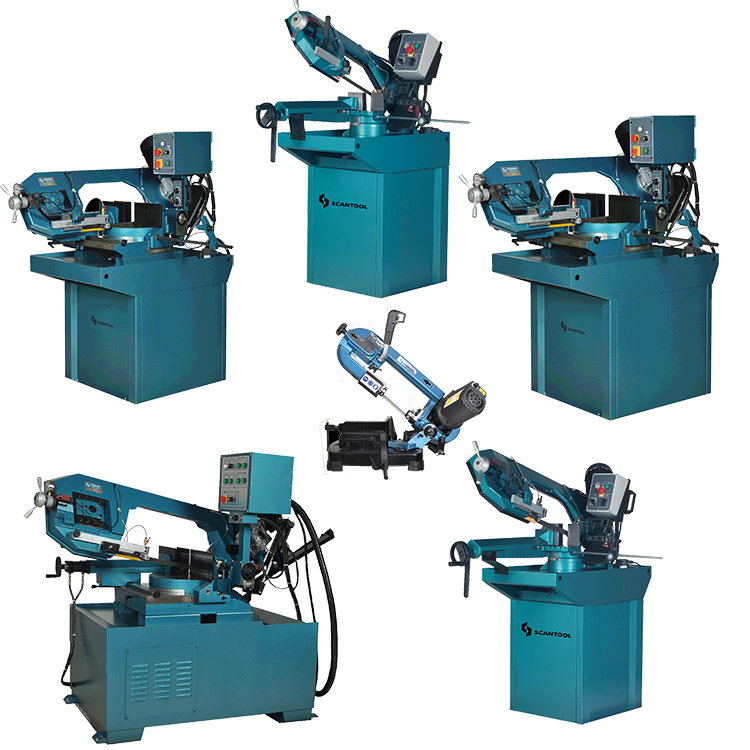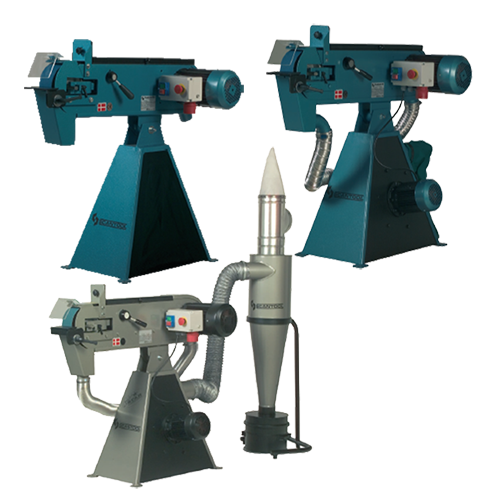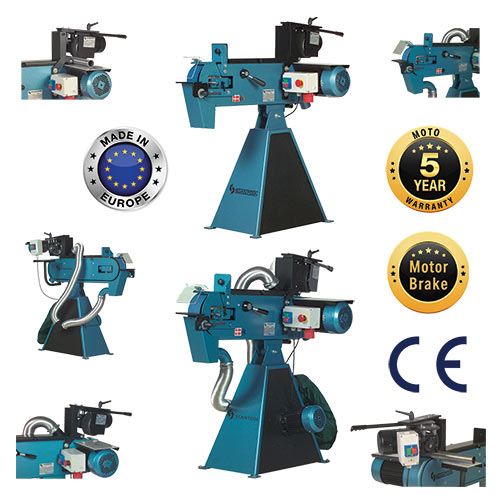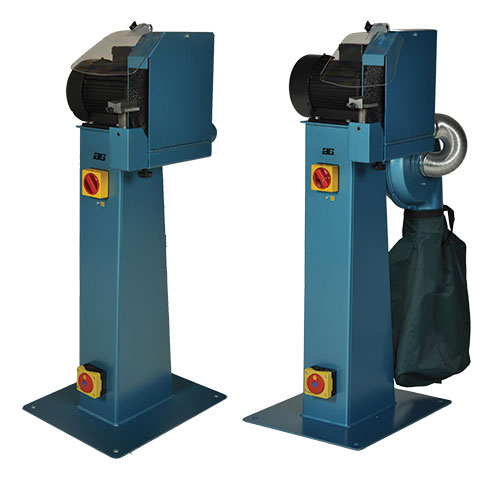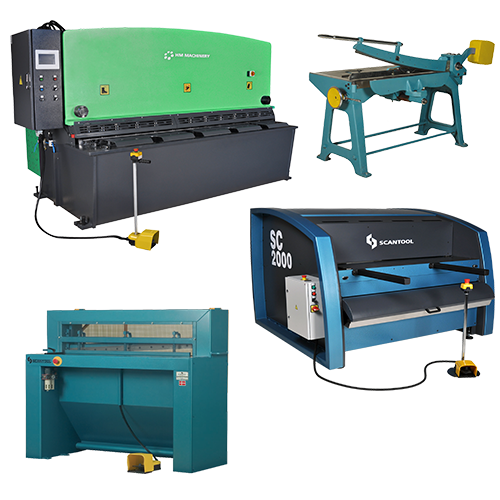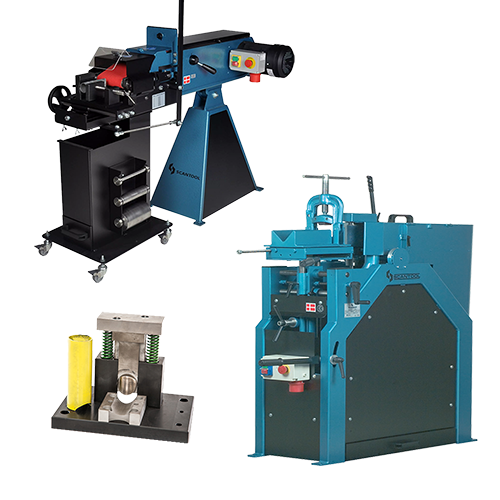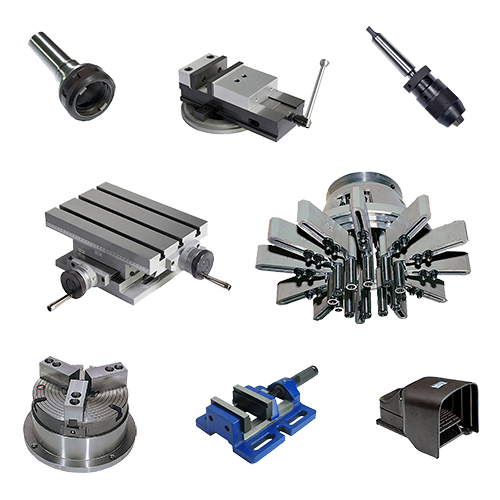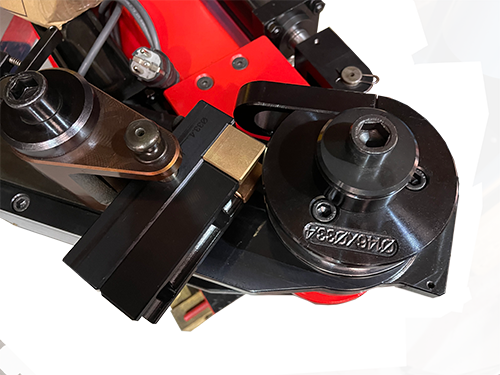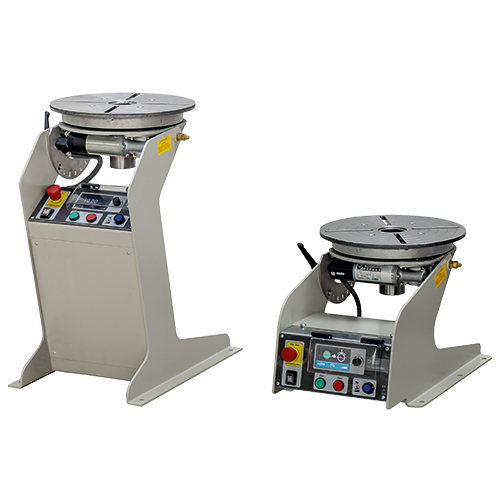Selecting the right bandsaw blade is essential for achieving precise, efficient cuts in metalworking. With various types of bandsaw blades available, each suited to different tasks and materials, understanding the differences can help you choose the best option for your specific needs. This guide will explain the various bandsaw blade types, their optimal uses, and tips on how to extend blade life, ensuring you get the best performance and results from your metal-cutting bandsaw.
Why Bandsaw Blade Selection Matters
Choosing the correct bandsaw blade affects the quality of your cuts, the lifespan of your blade, and the efficiency of your work. Metal-cutting projects demand blades with specific tooth patterns, materials, and configurations to handle the toughness of metals and produce clean, precise cuts.
Proper blade selection not only improves performance but also reduces maintenance needs, saving time and costs over the long term. This guide will help you identify the best bandsaw blade for cutting metal, focusing on precision, durability, and efficiency.
Types of Bandsaw Blades for Metal Cutting
Each type of bandsaw blade is designed with unique features to suit different cutting requirements. Here, we’ll explore the main types and what each offers for metalworking.
1. Carbon Steel Bandsaw Blades
Carbon steel blades are a common choice for cutting softer metals, offering a balance of affordability and performance.
- Best For: Softer metals such as aluminium, mild steel, and non-ferrous metals.
- Durability: These blades wear faster than other types when used on harder metals but provide sufficient performance for lighter-duty tasks.
- Affordability: Carbon steel blades are relatively inexpensive, making them suitable for workshops on a budget or for projects requiring frequent blade changes.
For softer metals, carbon steel blades offer an affordable, effective solution.
2. Bi-Metal Bandsaw Blades
Bi-metal bandsaw blades are constructed with a high-speed steel edge welded to a flexible spring steel back. This design provides durability and the ability to cut harder metals.
- Best For: Medium to hard metals, including stainless steel and alloy steels.
- Durability: Known for their longevity, bi-metal blades offer excellent resistance to wear, extending blade life.
- Cost-Effectiveness: While more expensive than carbon steel, bi-metal blades offer better performance and require less frequent replacement.
Bi-metal blades are the best choice for cutting a variety of metals with long-lasting durability.
3. Carbide-Tipped Bandsaw Blades
Carbide-tipped bandsaw blades have teeth coated with carbide, providing exceptional hardness and resistance to wear. They are ideal for high-precision work on tough materials.
- Best For: Hard and abrasive metals such as tool steel, titanium, and superalloys.
- Precision: These blades are designed for high accuracy, making them suitable for tasks that demand exact cuts.
- Longevity: Although more expensive, carbide-tipped blades last significantly longer than other types, even under heavy use.
For high-precision cuts and extended durability on tough materials, carbide-tipped blades are an excellent investment.
4. Diamond Bandsaw Blades
These bandsaw blades are specialised tools with diamond grit embedded on the blade edge, designed for cutting extremely hard or abrasive materials.
- Best For: Hard, abrasive metals and composites that other blades struggle to cut.
- Durability: Diamond blades provide unmatched wear resistance, ideal for demanding applications.
- Specialised Use: Due to their high cost and specific applications, diamond blades are typically used in specialised industrial settings.
Diamond bandsaw blades are a premium option for specialised applications requiring extreme durability and precision.
Choosing the Right Bandsaw Blade for Metal
Selecting the best bandsaw blade for cutting metal involves more than just choosing a material. Blade tooth shape, pitch, and width also play a role in determining performance and suitability.
Tooth Shape and Pitch
The tooth shape and pitch (distance between teeth) influence the blade’s cutting action. Different pitches work better with different materials and thicknesses.
- Fine Pitch: Suitable for thinner metals as it provides smooth, precise cuts without tearing the material.
- Coarse Pitch: Ideal for thicker metals as it removes material more aggressively, reducing heat and improving blade longevity.
- Variable Pitch: A blend of fine and coarse pitch, variable pitch blades reduce vibration and improve cutting performance on tough metals.
Selecting the right tooth pitch ensures optimal cutting speed and efficiency, reducing the risk of damaging both the blade and the material.
Blade Width
Blade width affects the stability and manoeuvrability of the cut:
- Narrow Blades: Provide flexibility and are suitable for intricate cuts or curves, though they may be less stable on thicker metals.
- Wide Blades: Offer better stability for straight cuts on larger pieces, making them ideal for heavy-duty metal cutting tasks.
Tips for Maximising Bandsaw Blade Life
To get the best results and extend the lifespan of your bandsaw blades, consider the following maintenance tips:
- Choose the Right Blade: Selecting the appropriate blade type for each task minimises unnecessary wear and ensures consistent performance.
- Use Proper Cutting Speed: Adjust your bandsaw to match the optimal speed for each material. Harder metals generally require slower speeds to prevent blade overheating.
- Regularly Inspect the Blade: Check for signs of wear, dull teeth, or cracks, and replace the blade when necessary to avoid breakage during operation.
- Lubricate the Blade: Using a cutting fluid or lubricant reduces friction, preventing excessive heat buildup and prolonging blade life.
- Clean the Blade After Use: Remove metal shavings and residue from the blade to prevent clogging and corrosion, ensuring smoother performance in future use.
By following these tips, you can ensure the best bandsaw blade for cutting metal remains sharp and effective for longer periods.
FAQs About Bandsaw Blades for Metal Cutting
What is the best bandsaw blade for cutting metal?
The best bandsaw blade depends on the metal type and project requirements. For general-purpose metal cutting, a bi-metal blade offers durability and versatility. For harder metals or high-precision cuts, carbide-tipped blades are ideal.
Can I use the same blade for different metals?
Yes, but it’s essential to choose a versatile blade, like a bi-metal blade, if you’re cutting various metals. However, using specific blades for certain metals can improve precision and blade longevity.
How often should I replace my bandsaw blade?
Replacement frequency depends on the blade type, material being cut, and usage. Generally, carbon steel blades wear faster, while bi-metal and carbide-tipped blades offer longer lifespans with proper maintenance.
Is a carbide-tipped blade worth the investment?
Carbide-tipped blades are more expensive but offer superior durability and precision, especially on hard metals. They are a worthwhile investment for workshops focused on heavy-duty or high-precision tasks.
How do I maintain a bandsaw blade for optimal performance?
Regularly inspect and clean the blade, adjust cutting speeds according to material, and use cutting fluid for lubrication. Proper maintenance reduces wear and maximises blade efficiency.
Conclusion: Selecting the Optimal Bandsaw Blade for Your Metalworking Needs
Understanding the different types of bandsaw blades and their applications is essential for metalworking success. Choosing the right blade-whether carbon steel, bi-metal, carbide-tipped, or diamond—ensures precision, longevity, and efficiency in your projects.
Consider your project’s demands and material type when selecting a blade to get the most from your metal-cutting bandsaw. By following this guide, you can confidently choose the best bandsaw blade for cutting metal and achieve optimal cuts in your workshop.
For a range of high-quality bandsaw blades,
visit our Bandsaws page to find the perfect fit for your needs.


